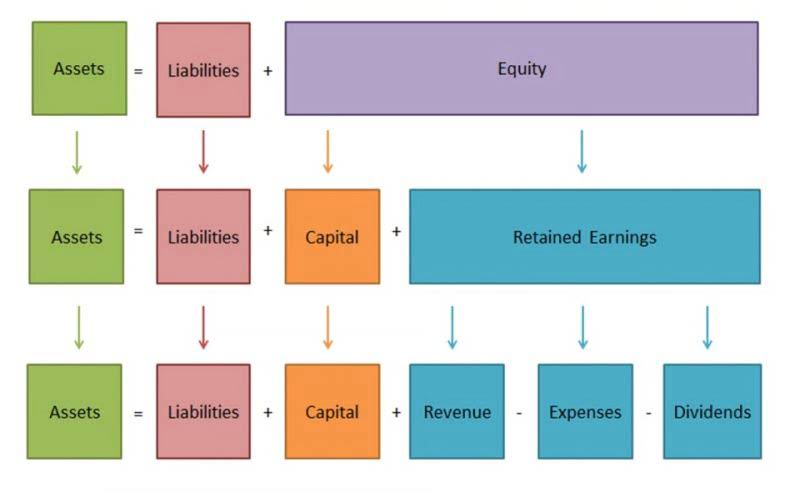
The salvage value is calculated to know the expected value or resale value of an asset over its useful life. To appropriately depreciate these assets, the company would depreciate the net of the cost and salvage value over the useful life of the assets. If the assets have a useful life of seven years, the company would depreciate the assets by $30,000 each year.
Salvage Value: Calculating Salvage Value: A Key to Depreciation Journal Entries
Companies may use software tools like Sage Fixed Assets or Asset Panda to aid in calculating salvage value. These programs help track asset depreciation and estimate salvage values based on historical data and market trends, reducing the likelihood of human error. Declining balance depreciation is a strategic choice for businesses that wish to manage their short-term financial performance and tax liabilities. It’s a reflection of the economic reality that assets are often most valuable at the beginning of their life. However, it requires careful planning and consideration of long-term financial impacts, as the benefits are front-loaded and diminish over time.
Salvage Price:
Her combined rate of business/investment use for determining her depreciation deduction is 90%. To figure your deduction, determine the adjusted basis of your property, its salvage value, and its estimated useful life. The balance is the total amount of depreciation you can take over the useful life of the property. To deduct the proper amount of depreciation each year, first determine your basis in the property you intend to depreciate. The basis used for figuring depreciation is the same as the basis that would be used for figuring the https://www.vsseg.com.br/what-are-different-types-of-liabilities/ gain on a sale.
Fixed Asset Purchase Cost Assumptions
If you claim a deduction for any vehicle, you must answer certain questions on page 2 of Form 4562 to provide information about the vehicle use. Although an adequate record generally must be written, a record of the business use of listed property, such as a computer or automobile, can be prepared in a computer memory device using a logging program. An adequate record of business purpose must generally be in the form of a written statement. However, the amount of backup necessary to establish a business purpose depends on the facts and circumstances of each case. A written explanation of the business purpose will not be required if the purpose can be determined from the surrounding facts and circumstances. For example, a salesperson visiting customers on an established sales route will not normally need a written explanation of the business purpose of his or her travel.
As you can see from this example, your adjusted basis in the property gets smaller each year. Also, under this method, deductions are larger in the earlier years and smaller in the later years. Unless there is a change in the useful salvage value in depreciation life during the time you depreciate the property, the rate of depreciation generally will not change.
- This enables finance teams to optimize tax planning and make smarter capital investment decisions.
- It is an exercise in balancing historical data with projections of future trends and conditions, all while adhering to legal and methodological standards.
- This method is ideal for assets that lose value quickly, offering tax benefits and more accurately reflecting the asset’s market value in its early years.
- This is because the taxable gain or loss on the disposal of an asset is calculated as the difference between the disposal proceeds and the asset’s tax basis.
- It can impact the financial statements, tax liability, and cost-effectiveness of repairing or purchasing an asset.
- The value of an asset can change over time due to factors like age, condition, rarity, obsolescence, wear and tear, and market demand.
Comparing Salvage Value to Other Values
Other factors that can affect depreciation include changes in technology, market conditions, and government regulations. For example, if a new technology makes an asset obsolete before its expected useful life, the rate of depreciation may need to be adjusted. Computer depreciation is a critical financial concept that reflects the diminishing value of computers over time. As technology rapidly evolves, the lifespan of computer hardware becomes increasingly shorter, leading to a faster rate of depreciation.

If the element is the business purpose of an expenditure, its supporting evidence can be circumstantial evidence. Uses which can be considered part of a single use, such as a round trip or uninterrupted business use, can be accounted for by a single record. Use of Travel Agency Accounting a passenger automobile by a salesperson for a business trip away from home over a period of time can be accounted for by a single record of miles traveled.

How to Calculate Straight Line Depreciation With Salvage Value
Estimating the accurate salvage value of an asset can help a company make informed decisions about when to sell or dispose of the asset. Inaccurate estimation can lead to underestimation or overestimation of the salvage value, which can have significant financial implications. For instance, if the salvage value of an asset is overestimated, the company may end up paying more in taxes than it should. On the other hand, if the salvage value is underestimated, the company may lose out on profits that could have been generated from the sale of the asset. Salvage value is a term used in accounting and finance to determine the value of an asset at the end of its useful life. It is the estimated resale value of an asset after it has been fully depreciated.
- Determining an asset’s salvage value is not a straightforward task, as it depends on several factors, including the asset’s condition, market demand, and the specific industry it is used in.
- It includes real property, such as buildings, other than that designated as 5-year, 10-year, 15-year real property, or low-income housing.
- The method used to estimate salvage value can also affect the accuracy of the salvage value calculation.
- However, since its value has depreciated over time, it will no longer be the same price that you bought it for.
- Calculating the salvage value can help you determine the return on investment of an asset.
- External factors like economic conditions and regulatory changes can also impact the salvage value.
It prompts a deeper analysis of maintenance costs versus the benefits of new technology. Understanding these factors is essential for anyone involved in the lifecycle management of computer assets, whether for personal investment, corporate asset management, or environmental considerations. The interplay of these elements determines the final salvage value, which can then inform decisions regarding the disposal, donation, or repurposing of outdated computer equipment. From the viewpoint of a business owner, depreciation is essential for tax purposes and financial planning. It allows for the spread of the cost of the asset over its useful life, providing a more accurate picture of profitability. For IT managers, understanding depreciation is key to budgeting for upgrades and replacements, ensuring that the business stays up-to-date with the latest technology without unexpected financial strain.